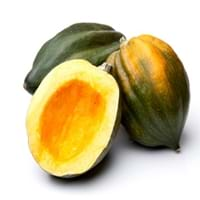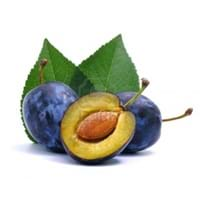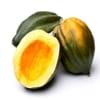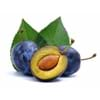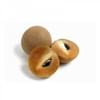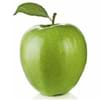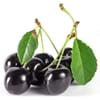Health Benefits
Anti-inflammatory properties, Arthritis treatment, Regulates Blood Sugar
Cancer prevention, Cures gastro-intestinal troubles, Heart care, Increase in haemoglobin, Prevents high blood pressure
General Benefits
Boosts immune system, Controls blood sugar levels, Digestive aid
Anti-inflammatory properties, Boosts immune system, Digestive aid, Eye care, Flu treatment, Helps in weight loss, Maintains healthy cholesterol level, Treatment of common cold
Skin Benefits
Nourishes skin, Protects skin from oxidative stress
Anti-aging benefits, Brightens and lightens complexion, Reduces wrinkles, Skin revitalization, Treatment of dark spots
Hair Benefits
Prevents hair loss, Promotes longer and healthier hair, Regulates hair growth
Prevents hair loss, Promotes longer and healthier hair, Protects hair, Remedy for split ends, Treatment of dandruff
Allergy Symptoms
Asthma, Red rash, Swelling of mouth, tongue or lips
Abdominal pains, Anaphylaxis, Vomiting
Side Effects
Diarrhoea, Vomiting
Allergic reaction
Best Time to Eat
Along with meal, As a snack in the late afternoon, Don't eat after meal, Eat the fresh ones, avoid mixing with any other foods, don't eat after meal.
As a snack in the late afternoon, Don't consume at night and before bed, Don't eat after meal, Morning time (before lunch)
Vitamin B5 (Pantothenic Acid)
Vitamin C (Ascorbic Acid)
Vitamin E (Tocopherole)
Not Available
Vitamin K (Phyllochinone)
Not Available
Lutein+Zeaxanthin
Not Available
Phytosterol
Not Available
Calories in Fresh Fruit with Peel
Calories in Fresh Fruit without Peel
Not Available
Not Available
Varieties
Bush Table Queen, Heirloom Table Queen, Festival Hybrid, Early Acorn Hybrid, Table Ace, Ebony and Cream of the Crop
Merryweather Damson, Shropshire Prune, President plum, Damson farleigh and Damson langley bullace
Color
Dark green, Green-yellow, Orange green
Dark purple
Inside Color
Yellow
Yellow
Taste
Sweetish
Juicy, Sweet, Tart
Origin
Central America, North America, Unknown
Syria
Soil Type
Well-drained
Clay, Loam, Moist, Sandy loam, Well-drained
Climatic Conditions
Cold, Sunny
Cold
Facts about
- It was named as Acorn Squash for its resemblance to a large ribbed acorn.
- It is said that squash was being grown in Mexico as long as 10,000 years ago.
- It was the first food cultivated by native American Indians.
- The name Damson originates from the original name 'Damacus plum'.
- Damson wine was very popular in 19th century.
- This fruit is often used in jams due to its slightly tart behaviour.
Top Producer
China
United Kingdom
Other Countries
Egypt, India, Iran, Italy, Mexico, Russia, Turkey, Ukraine, United States of America
Ireland, United States of America
Top Importer
Costa Rica
United States of America
Top Exporter
United States of America
France
Botanical Name
Cucurbita Pepo
Prunus domestica subsp. insititia
Synonym
Winter Squash
Not Available
Subkingdom
Tracheobionta
Tracheobionta
Division
Magnoliophyta
Magnoliophyta
Class
Magnoliopsida
Magnoliopsida
Subclass
Dillenhidae
Rosidae
Order
Cucurbitales
Rosales
Family
Cucurbitaceae
Rosaceae
Species
Pepo
Prunus domestica subsp. insititia
Generic Group
Not Available
Not Available
Difference Between Acorn squash and Damson
We might think that Acorn squash and Damson are similar with respect to nutritional value and health benefits. But the nutrient content of both fruits is different. Acorn squash and Damson Facts such as their taste, shape, color, and size are also distinct. The difference between Acorn squash and Damson is explained here.
The amount of calories in 100 gm of fresh Acorn squash and Damson with peel is 40.00 kcal and 46.00 kcal and the amount of calories without peel is Not Available and Not Available respectively. Thus, Acorn squash and Damson belong to Low Calorie Fruits and Low Calorie Fruits category.These fruits might or might not differ with respect to their scientific classification. The order of Acorn squash and Damson is Cucurbitales and Rosales respectively. Acorn squash belongs to Cucurbitaceae family and Damson belongs to Rosaceae family. Acorn squash belongs to Cucurbita genus of Pepo species and Damson belongs to Prunus genus of Prunus domestica subsp. insititia species. Beings plants, both fruits belong to Plantae Kingdom.
